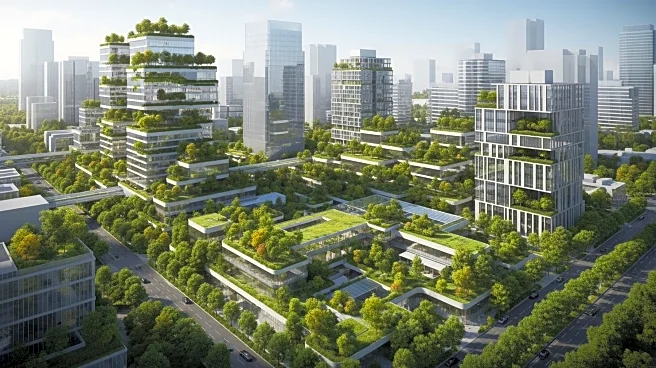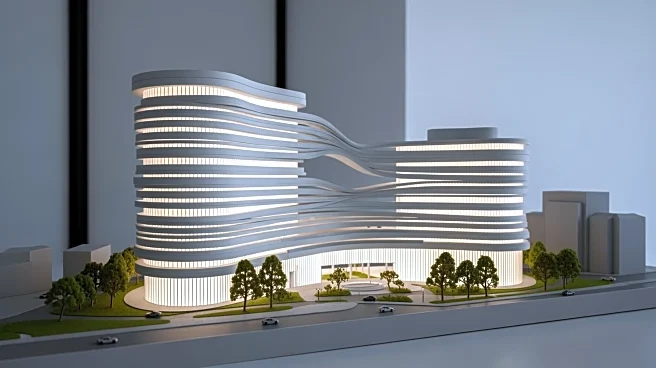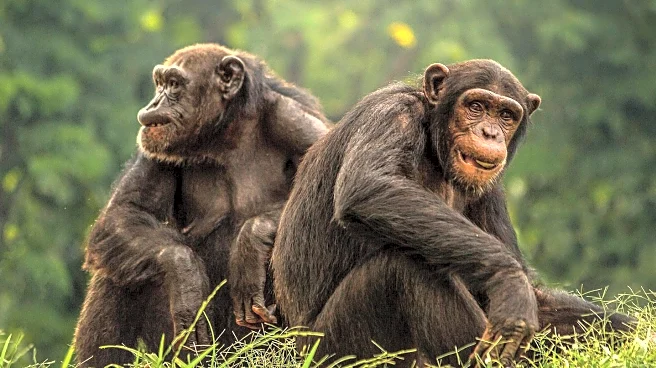What's Happening?
The concept of the 15-minute city, which aims to reorganize urban life within multifunctional neighborhoods, is being explored for its potential to integrate biodiversity into urban planning. This model
focuses on reducing travel time by ensuring essential services are accessible within a 15-minute walk or bike ride. However, the implementation has largely overlooked the needs of urban biodiversity. The integration of ecological goals with social equity objectives is suggested to create livable cities for both humans and non-human life. The concept has been adopted in various cities worldwide, but challenges such as gentrification and limited data on social and environmental service efficiency remain.
Why It's Important?
Integrating biodiversity into urban planning is crucial for sustainable development and maintaining habitats for plant and animal life. The 15-minute city model offers a framework to reduce carbon emissions and enhance urban livability by promoting proximity and density of services. This approach can potentially mitigate urban stressors like traffic and noise, improving quality of life. However, the risk of gentrification and social segregation poses challenges to equitable implementation. Addressing these issues is vital for creating inclusive urban environments that support both human and ecological needs.
What's Next?
Future steps involve developing strategies to incorporate biodiversity into the 15-minute city model, ensuring that urban planning considers the needs of non-human life. This includes creating connected habitat niches and promoting small-scale green spaces. Collaborative efforts between urban planners and environmental agencies are necessary to align goals and overcome institutional barriers. Additionally, addressing public attitudes towards nature and implementing inclusive governance can help prevent green gentrification and ensure equitable access to urban nature.
Beyond the Headlines
The integration of biodiversity into urban planning not only supports ecological sustainability but also enhances social cohesion and community well-being. By fostering relationships between people and nature, cities can address the 'nature deficit disorder' and promote healthier lifestyles. The 15-minute city model, if adapted to include biodiversity, can serve as a catalyst for transformative urban development that benefits both human and non-human residents.











